Advancing Wound Hygiene as a standard protocol for hard-to-heal wounds in APAC and Turkey: Findings from an international meeting
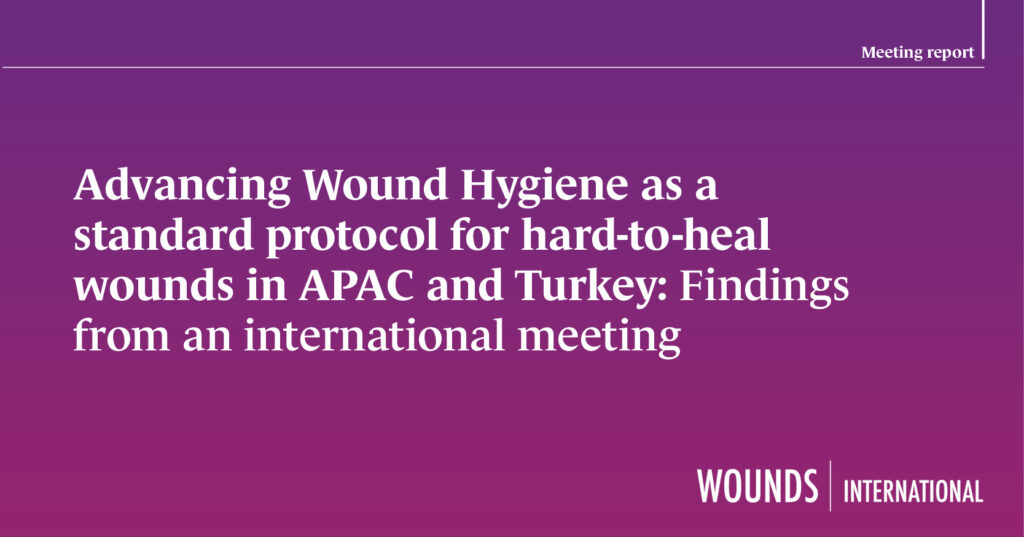
Introduction Wound Hygiene is a simple, effective concept designed as a protocol of care to support the healing of hard-to-heal wounds while addressing barriers to healing, particularly biofilm (Murphy et al, 2020). The principle is simple: just as daily hygiene practices, like washing hands and brushing teeth maintain personal health, regular application of Wound Hygiene […]
Understanding artificial intelligence: Barriers and potential in wound care
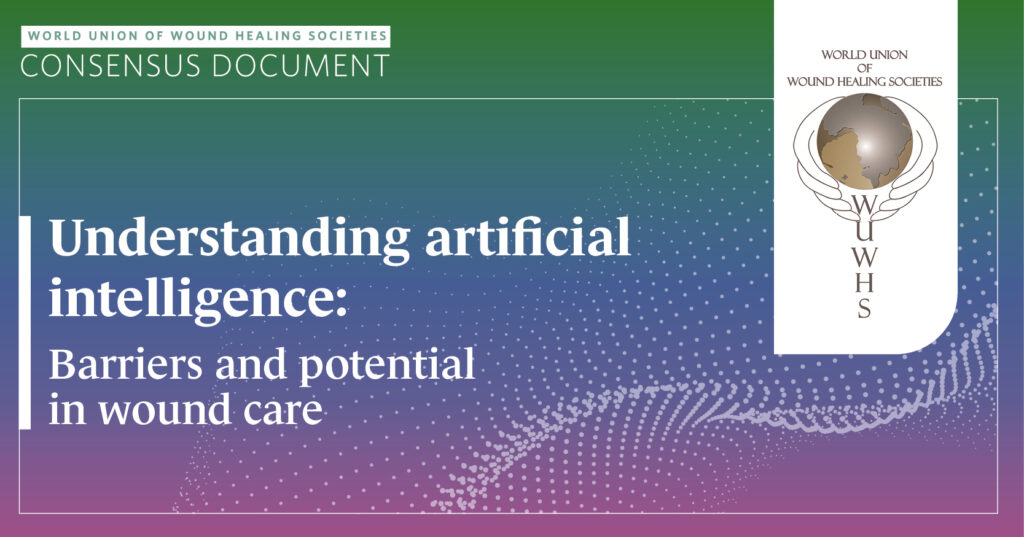
The global wound burden is rising at an alarming pace due to increases in the ageing population and comorbidities and complications, such as obesity, diabetes and complex surgeries (Sen, 2021; Chen et al, 2024; Reifs et al, 2025). The World Health Organization (WHO) estimates there will be a global shortage of 18 million healthcare professionals […]
When enough is enough
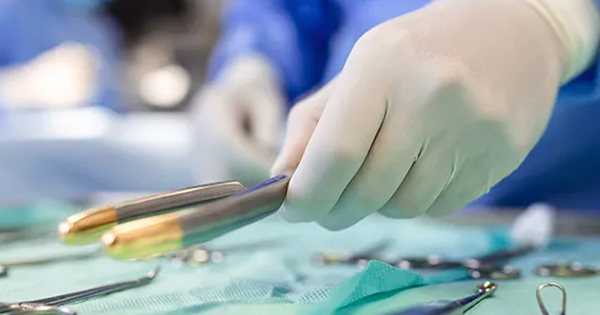
I presume that I, like you, went into medical care to help patients. Sometimes the help was to cure their disease, sometimes it was to help them improve their quality of life with life-limiting disease and sometimes it was to help them have a dignified and peaceful death. Over the years, I have worked with […]
Management of wounds in Russo-Ukrainian War: challenges and clinical experiences from the Superhumans Center

The Russian invasion of Ukraine has created a surge in complex combat-related injuries, necessitating advanced multidisciplinary treatment approaches to trauma management (Kazmirchuk et al, 2022). The scarcity of resources and qualified medical personnel, the fast-changing nature of contemporary warfare, the emergence of new types of weaponry and war tactics and disrupted logistics have presented unique […]
Ten top tips: Surgical release and splinting of burn scar contractures
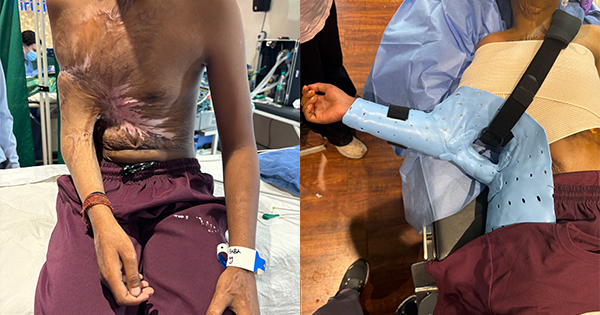
1 – Prevention of contracture is keyProper management of the acute burn limits the need for secondary contracture release. While not eliminating this need for eventual scar release, early excision and grafting has been shown to improve acute burn survival, outcomes, and need for revision (Mosier and Gibran, 2009). Supplemental therapies, such as physical therapy, early […]
OMO bath: a cost-effective enzymatic wound debridement method in resource-limited settings
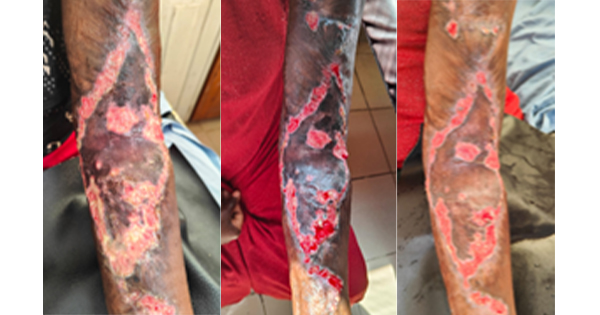
Debridement is an essential component of wound bed preparation, defined as the process of eliminating non-viable, necrotic or infected tissues and foreign bodies from a wound. This promotes granulation, epithelialisation and eventually wound healing. Surgical and sharp debridement are still seen as the gold standard for wound debridement. Surgical debridement cuts back into healthy bleeding […]
Management of wounds of various aetiologies with Technology Lipido-Colloid Mesh with Silver Sulphate(TLC-Ag) dressing
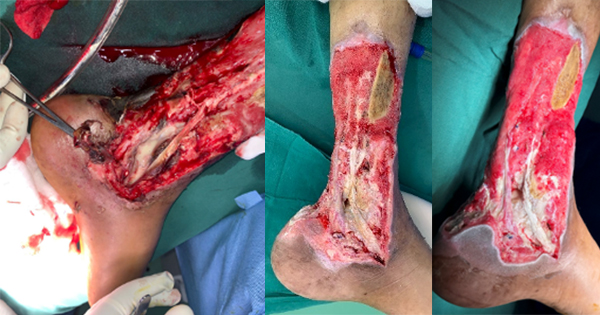
The skin is the largest organ in the body and serves numerous functions, including acting as a physical, chemical and microbiological barrier to protect the host as the first line of defence against external pathogens (Nguyen and Soulika, 2019; Chambers and Vukmanovic; Stejic, 2020). Any break in this protective barrier allows the invasion of a […]
The role of artificial intelligence in wound care: applications, evidence and future directions

Artificial Intelligence (AI) represents a fundamental shift in computing, moving from systems that follow fixed instructions to those that improve performance by processing data, identifying patterns, and adjusting outputs accordingly. At its most basic level, AI attempts to replicate aspects of human intelligence through computational methods, including pattern recognition, learning from experience, and making decisions […]
Comparison of the light transmission in protecting films used in laser photodynamic therapy

Since the invention of the laser more than 80 years ago, several uses have been developed, especially in the medical sciences. Despite not being an ionising radiation, its high intensity can induce photochemical reactions and affect cellular metabolism and signalling pathways (Hawkins, 2009). Research into the interaction of the laser photons with living, especially in […]
Topical management of wounds of various aetiologies with polyabsorbent dressings
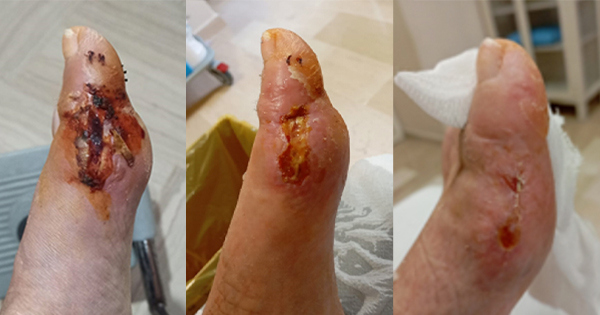
The notion of a need for a paradigm shift in wound care through the application of the wound bed preparation (WBP), has been discussed in literature since its inception by Falanga (2000), Sibbald et al (2000), and Schultz et al (2003). It focuses on the optimisation of the wound bed conditions to enhance healing by […]
Management of diabetes-related wounds in South Africa with a lipido-colloid dressing with silver technology (TLC-Ag): A case series
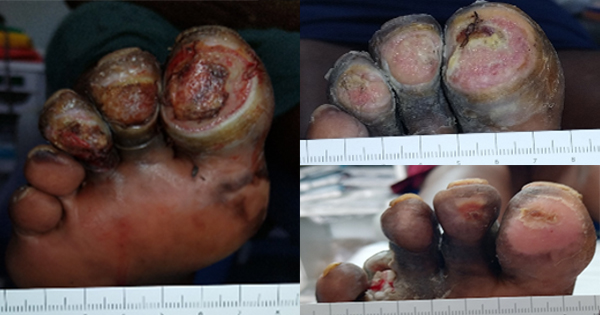
Diabetes in South Africa is a major challenge for patients and the country itself, with the country having the second highest number of people living with type 2 diabetes in sub-Saharan Africa (Sifunda et al, 2023). The prevalence of diabetes has rapidly increased in South Africa, from 4.5% in 2010 to 12.7% in 2019. Of […]
Bridging the knowledge gap: Empowering generalists to make better chronic wound care decisions

Chronic wound care is frequently delivered by generalists — such as community nurses, general practitioners (GPs), aged care staff and allied health professionals — who manage diverse caseloads across primary care, aged care, and community health settings (Ahmajärvi et al., 2024; Monaro, 2021). Despite their central role, these providers may face significant barriers to delivering […]
Digest 16-3

In this section, we present brief synopses of a range of recently published articles that may be of interest to healthcare professionals working in the wound care setting. The aim of this round-up is to provide an overview, rather than a detailed summary and critique, of the research papers selected. Full references are provided should […]
Dialkylcarbamoyl Chloride-coated wound dressing: An Evidence Review and Position Document
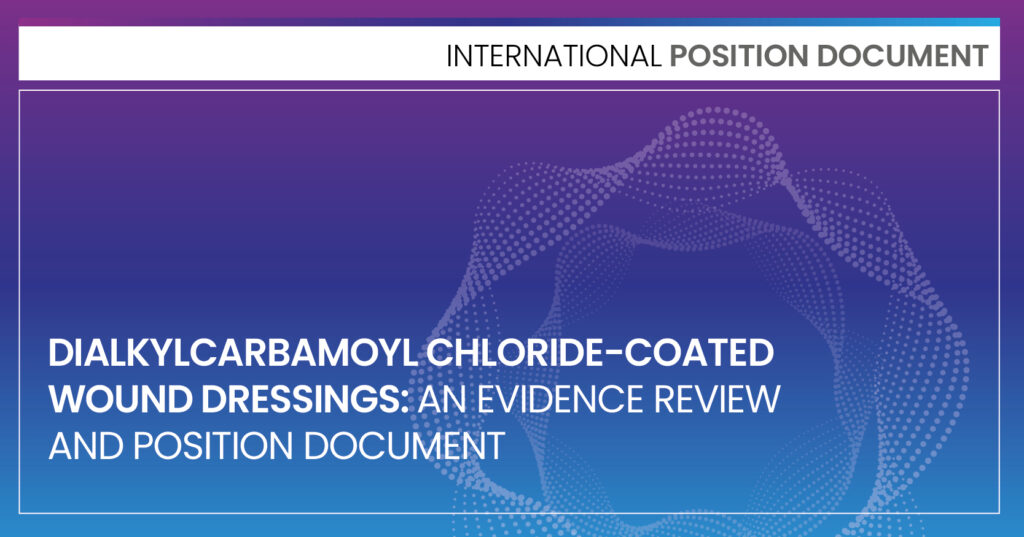
The prevention, treatment and management of wound infection consistent with antimicrobial stewardship is a global concern and yet one of the greatest obstacles for clinicians, considering wound infection severely impacts patient outcomes, clinical practices and financial costs. The lack of clinical evidence with high certainty, of the plethora of topical antimicrobial dressings available for the […]
Twenty years of the Journal of Lymphoedema — editorial reflections of our needs, what we have done to provide them and where the gaps still are

To gain a feeling of the issues and questions problems and solutions for all of us and for the patients we aim to serve, I’ve focussed on some of our editorials and articles from the last 19 years. Our first issue was in October of 2006 and in it, Prof Christine Moffatt clearly stated […]
The British Lymphology Society: 40 years of striving for better lymphoedema care and services
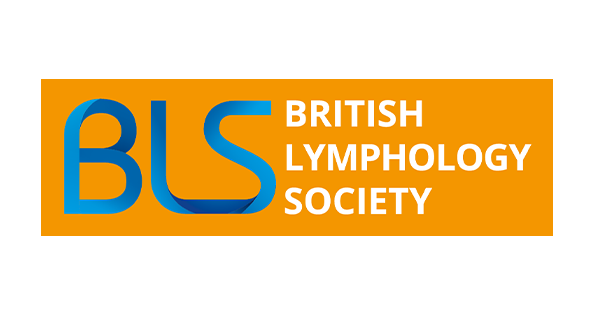
This year is a significant milestone for the British Lymphology Society as we celebrate our 40th anniversary. How it all started and grew In the UK in 1985, the lymphoedema world was a lonely and challenging place for people with lymphoedema and also for those trying to help them. When the British Lymphoedema Interest Group […]
Twenty years of lymphoedema in Sweden — The Swedish Association of Chronic Oedema perspective: our path of improving knowledge and outcomes for patients

Svenska Ödemförbundet (SÖF; The Swedish Association of Chronic Oedema) was founded in 1999 by patients and next-of-kin who wanted to contribute to a Swedish Health Care Plan for Lymphoedema, initiated by the Swedish Cancer Society. Patients who had received treatment with decongestive lymphatic therapy (DLT), patient education and self-management on how to live with lymphoedema […]
Two decades of lymphoedema care in Canada: progress, pitfalls and promise

A growing lymphoedema community Twenty years ago, a small handful of provinces within Canada were developing patient organisations in various stages with support groups and awareness activities. Today, it is inspiring to see eight established lymphoedema patient organisations across the country working tirelessly to improve the care of patients living with lymphoedema. They educate, participate […]
More than 20 years of implementation of lymphoedema research in Sweden
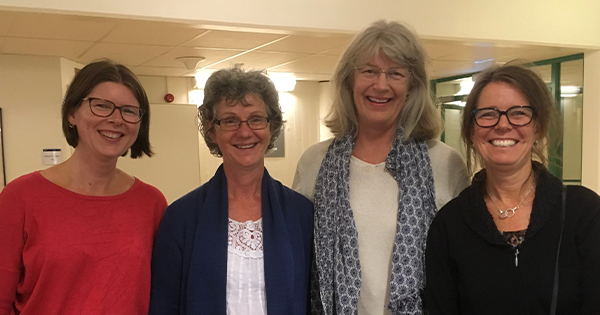
Over the past two decades, Sweden has significantly advanced lymphoedema treatment, moving from traditional passive methods to proactive approaches involving exercise, self-care and early diagnosis. Initially, research demonstrated that physical activity, even heavy weightlifting, does not worsen lymphoedema, challenging previous assumptions. This shift supported increased physical activity among patients, leading to improved outcomes. Key developments […]
Reflecting on two decades of lymphoedema care in the United States

The American Lymphedema Framework Project (ALFP) was invited to provide an overview of the status of lymphedema (LE) awareness, treatment, and management in the US over the past 20 years. We invited members of the ALFP steering committee and the leader/founder of the Lymphedema Advocacy Group to respond with perspectives on the advances, as well […]
The changing landscape of lymphoedema: lessons from the past, directions for the future

Celebrating 20 years of the Journal of Lymphoedema has prompted me to reflect on my own professional journey over the past two decades in the lymphoedema field, and more recently, in the broader area of chronic oedema. My career as a lymphoedema physiotherapist began in 1991 in Victoria, Australia, at a time when awareness of […]
Support and guidelines for patients diagnosed with lymphoedema through a mobile application for self-management of their condition
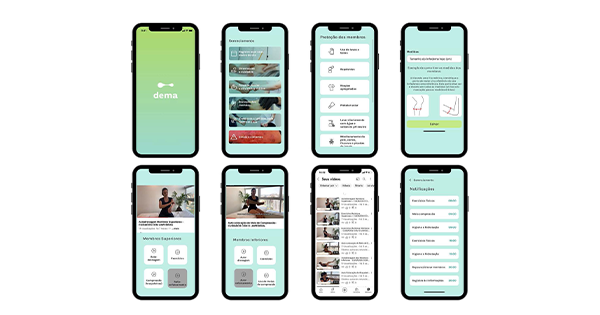
According to the latest version of the Consensus Document of the International Society of Lymphology (2023) for the evaluation and management of peripheral lymphoedema, an accurate diagnosis of lymphoedema is essential for effective treatment. It is based on clinical history, physical examination and tests, such as lymphoscintigraphy, MRI, bioimpedance, ultrasound, indocyanine green fluorescence and others. […]
Finding compression solutions for complex lower-limb lymphoedema: a case study
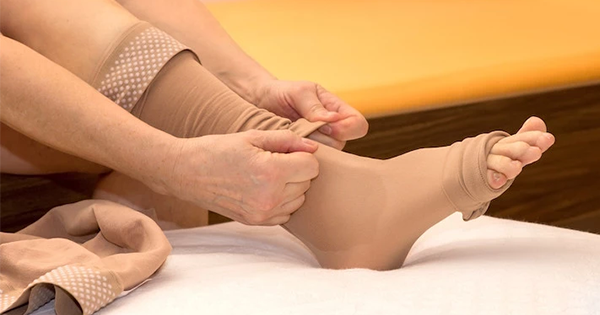
This case highlights an elderly patient with complex skin needs requiring overnight compression. Case presentation Background Bertha (not her real name) is an 81-year-old woman who lives alone. She is well supported by her two daughters and five grandchildren. She has been retired for more than 20 years and receives additional support to enable her […]
Establishing lymphoedema services on Nantucket: a case study in remote healthcare
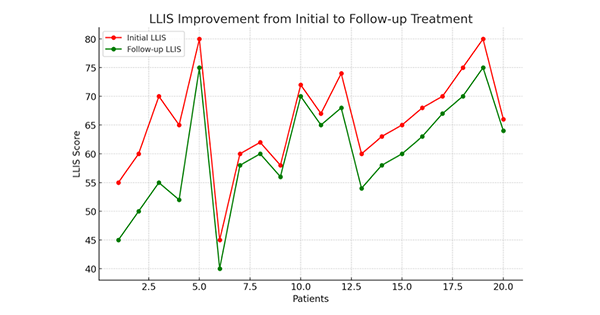
This case study outlines the establishment of lymphoedema services at Nantucket Cottage Hospital (NCH), part of the Mass General Brigham system, located in Nantucket (MA, USA), addressing the unique challenges posed by geographic isolation. Over 20 patients benefited from improved access to care in 2024, with high levels of patient satisfaction reported. The findings underscore […]
What is best practice in resource-limited settings?

The World Alliance for Wound and Lymphedema Care (WAWLC) is a non-governmental organisation, incorporated in Geneva (Switzerland), working in partnership with wound and lymphoedema care organisations around the world to foster best practices in limited resource settings. WAWLC does not deliver programmes itself but works with other organisations to develop capacity in resource-limited settings through […]
Lymphoedema medical and surgical camp report: addressing neglected tropical diseases in Uganda

Lymphedema Warriors Association Uganda (LWAU) is a patient-focused non-profit organisation co-founded by patients in 2022, dedicated to supporting individuals affected by lymphoedema in Uganda. Our mission is to empower those affected by this chronic condition through education, support and advocacy. We strive to create a community where individuals with lymphoedema can connect, share their experiences, […]
Social media and patient advocacy in lymphoedema care: a perspective piece with the Australian of the Year, South Australian Local Hero 2022

Electronic health (eHealth) refers to modalities such as telehealth, social media, robotics and artificial intelligence, which are being used to transform the way patients and practitioners communicate (World Health Organization, 2019). Eysenbach (2001) defined eHealth as: “an emerging field in the intersection of medical informatics, public health and business, referring to health services and information […]
Digital community of practice in lymphoedema care: a perspective piece

Communities of practice can be defined as “groups of people who share a concern, a set of problems, or a passion about a topic, and who deepen their knowledge and expertise by interacting on an ongoing basis”(Noar et al, 2023). Communities of practice can be used for learning, exchanging information and knowledge and improving clinical […]
A review of the stages of venous insufficiency and clinical decision-making: A functional perspective for PT, OT and non-vascular clinicians

Chronic venous insufficiency happens when the veins in the legs struggle to send blood back to the heart (Rai, 2014; Kim et al, 2021). Normally, the valves in these veins ensure that blood moves toward the heart. However, if these valves don’t function properly, blood may flow backwards, leading to a buildup (or pooling) in […]
Waist-to-height ratio as an alternative measure to body mass index reduces the diagnosis of obesity in the lipoedema cohort

Lipoedema (LI) is a chronic disease affecting loose connective tissue (and hypothesised by Torre et al as a connective tissue disease), most notably affecting the fatty tissue, occurring predominantly in women (Torre et al, 2018). This disease appears to have a genetic origin (Grigoriadis et al, 2022). Although the aetiology and pathogenesis of LI remain to […]
Online general exercise management program for patients with breast cancer-related lymphoedema: A protocol for a pilot randomised controlled trial

Breast cancer-related lymphoedema (BCRL) is a chronic condition affecting approximately 29.8% of breast cancer survivors (Shen et al 2024). BCRL symptoms typically include arm swelling, pain and various physical discomforts that affect daily activities (Shen et al, 2024). These symptoms significantly impact a patient’s long-term quality of life (QOL) (Ramirez-Parada et al 2023). Managing BCRL […]
A review of the heterogeneity of clinical lymphoedema scoring systems

The lymphatic system’s primary function is to drain excess fluid from the tissues and return it to the bloodstream; when lymphatic drainage is impaired, fluid accumulates, causing the characteristic swelling of lymphoedema, a chronic condition most commonly affecting the arms and legs (Grada and Phillips, 2017; Greene and Goss, 2018; Keast et al, 2019; Azhar […]
Getting real! It’s time … and about more than just time
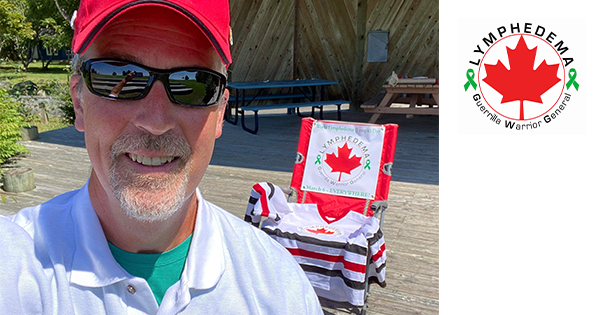
Whether you term it as overtime or extra time, or even ‘last call’ at your favourite watering-hole establishment, it is time… and about more than just time. It’s time for getting real! It’s about… Care, Community, and Communications, where the 21st century cause for *Lymph* is concerned. Dear Journal of Lymphoedema (JoL) reader, hoping you […]
The prevention and management of skin tears in aged skin

What is a skin tear?An updated definition has been developed by ISTAP to acknowledge that, in addition to systemic factors, wound depth contributes to severity. ‘A skin tear is a traumatic wound caused by mechanical forces, including removal of adhesives and patient handling, the depth of which may vary (not extending through the subcutaneous layer’ […]
Artificial intelligence in wound care: help or hinderance?

Widespread use of the electronic health record (EHR) has led to the collection of vast amounts of clinical data that, if harvested, could guide us. Should we endorse it in wound care? Could it improve our assessments? Guide our management? Looking at prediction of pressure ulcer risk in the critically ill, the Braden scale is […]
Top ten tips: Augmented technological skin assessments — beyond thehuman eye
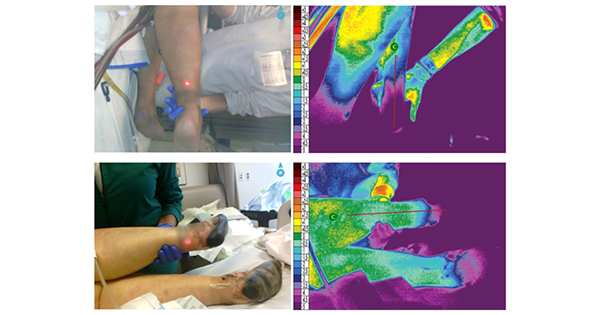
1 – Cellular tissue changes from pressure and shear are not visible to the naked eye. The cellular level changes lead to inflammation and oedema, due to an abnormal increase of interstitial fluid at the area of injury. The reperfusion of blood into an ischaemic area leads to erythema and elevated temperature from the increased blood […]
A prospective single-site case-controlled study examining the differences in microcirculatory stress responses between diabetic and non-diabetic feet using an advanced near-infrared imaging system
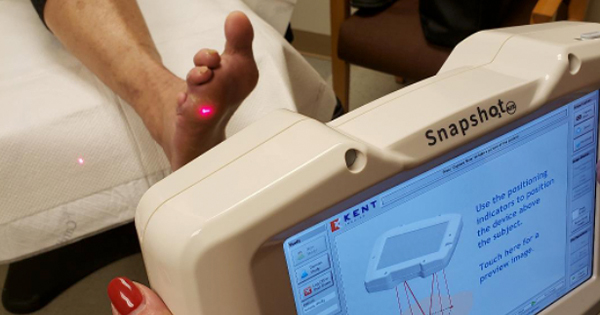
The significance of lower-extremity vascular assessment in patients with diabetes is both critical and often underestimated. Diabetes considerably increases the risk of vascular complications, especially in the lower limbs (Yachmaneni et al, 2023). Prioritising vascular assessments in patients with diabetes can support timely identification of vascular issues, which can lead to interventions that substantially enhance patient […]
Importance of maintaining skin integrity in the Intensive Care Unit
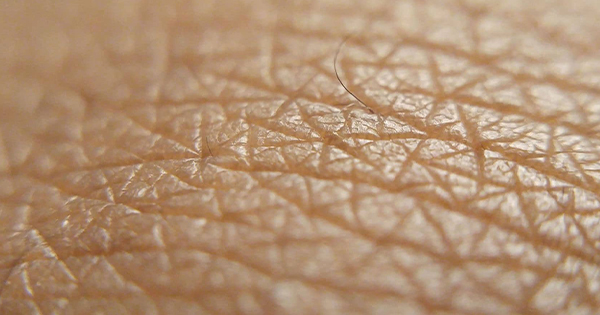
The skin, acknowledged as the largest organ of the human body, is composed of three anatomical layers: the epidermis, dermis and hypodermis. Through its intricate anatomical structure, it plays a pivotal role in maintaining numerous physiological processes. The epidermis, the outermost and visible layer, features a superficial sublayer called the stratum corneum (SC), which establishes […]
Development of silver resistance: A focus on wound care

The extensive use of silver-based products has led the release and accumulation of silver in river, soil and other environments (Kale et al, 2021), this makes it much more likely that bacteria will develop resistance to silver. The aim of this article is to undertake a scoping review to identify the present state of antimicrobial […]
Prospective observational study to examine clinical performance and safety of a gelling fiber dressing in routine clinical practice
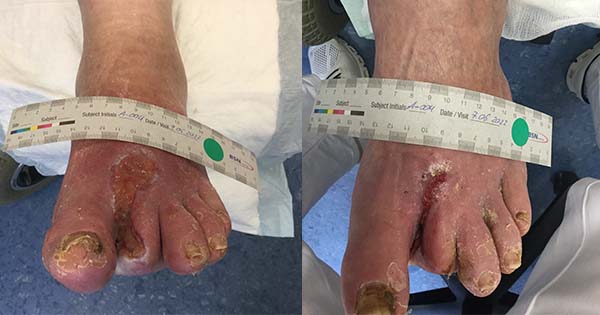
Wound exudate is produced as part of the body’s natural healing process and contains nutrients, growth factors, immune mediators and immune cells that are essential for tissue repair and infection control (World Union of Wound Healing Societies [WUWHS], 2019). Exudate creates a moist wound healing environment, which is crucial for the removal of non-viable tissue […]
From health economics modelling to artificial intelligence integration: Understanding cost-effectiveness in wound care decision-making

Chronic wounds, including diabetic foot ulcers, venous leg ulcers, and pressure ulcers and injuries, are a major and growing challenge in modern healthcare. These wounds are often difficult to heal, prone to infection, and associated with prolonged treatment durations, frequent healthcare visits and considerable costs. As healthcare systems worldwide face increasing pressure to manage limited […]
Post-excision management of two patients with squamous cell carcinomas with technology lipido-colloid with silver, non-adherent mesh dressings
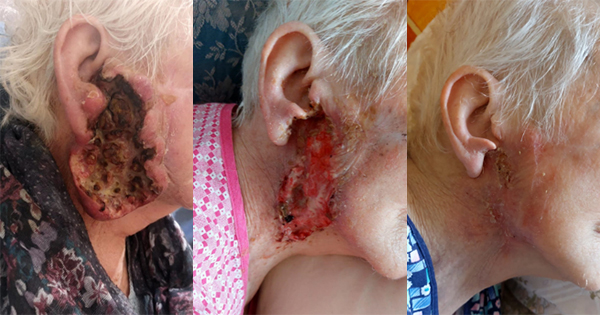
According to the GLOBOCAN estimates from 2020, head and neck squamous cell carcinoma (HNSCC) is the seventh most common cancer globally, with an estimated 890,000 new cases, around 4.5% of all cancer diagnoses around the world, and 450,000 deaths per year, approximately 4.6% of global cancer deaths (Sung et al, 2020). It is understandable that […]
From inertia to action: how to drive behavioural change in chronic wound care

The Applied Wound Management Chronic Wounds Global Advisory Council convened in November 2024 to discuss the pressing issues facing chronic wound care and propose actionable solutions (published in Wounds International, March 2025). The AWM Advisory panel highlighted several challenges: The pervasiveness of clinical inertia—resistance to adopting new practices even when evidence supports change—was identified as […]
Digest 16-2

In this section, we present brief synopses of a range of recently published articles that may be of interest to healthcare professionals working in the wound care setting. The aim of this round-up is to provide an overview, rather than a detailed summary and critique, of the research papers selected. Full references are provided should […]
Navigating Wound Balance: Practical approaches for the Australian landscape

What is Wound Balance and why is it important? What are the barriers to achieving Wound Balance?The term ‘Wound Balance’ was originally introduced by a panel of wound management experts in 2023 (Wounds International, 2023), providing a multifactorial wound assessment and management approach that can be tailored in a timely manner to individual needs across […]
Retrospective case series: Management of diabetic foot ulcers using Prontosan®

Diabetic foot ulceration is a preventable complication of diabetes. It is reported that people living with diabetes have up to a 40% risk of undergoing a lower-extremity amputation, while the lifetime risk of developing a diabetic foot ulcer is around 25% (Jogheea-Jutton et al, 2022). If left untreated, or not treated appropriately, diabetic foot ulcers […]
Quick Guide: Skin substitutes for the management of hard-to-heal wounds

Skin substitutes offer an increasingly important resource for managing complex wounds and have become a commonplace tool within wound care. The term ‘skin substitutes’ is an umbrella term for the wide range of biological dressings and biological matrices, which facilitate the repair and/or regeneration of the skin through various mechanisms. Skin substitutes can be divided […]
Incontinence-associated dermatitis (IAD): Optimising skin barrier function, a 3-step approach

Incontinence is the involuntary loss of urine or faeces and can affect people of all ages. Both urinary and faecal incontinence are significantly under-reported, making it difficult to determine their true prevalence (Leslie et al, 2024). Globally, an estimated 423 million people over the age of 20 experience urinary incontinence, while faecal incontinence affects around […]
Best practice recommendations for the prevention and management of skin tears in aged skin (2nd Edition)

Skin tears continue to be a challenge for patients and clinicians, despite advances in awareness, prevention and management. They can be painful wounds, affecting quality of life and causing distress to the patient. Skin tears are associated with an increased likelihood of hospitalisation and prolonged hospitalisation time (Serra et al, 2018; International Skin Tears Advisory […]
Implementing Wound Balance: Outcomes and future recommendations
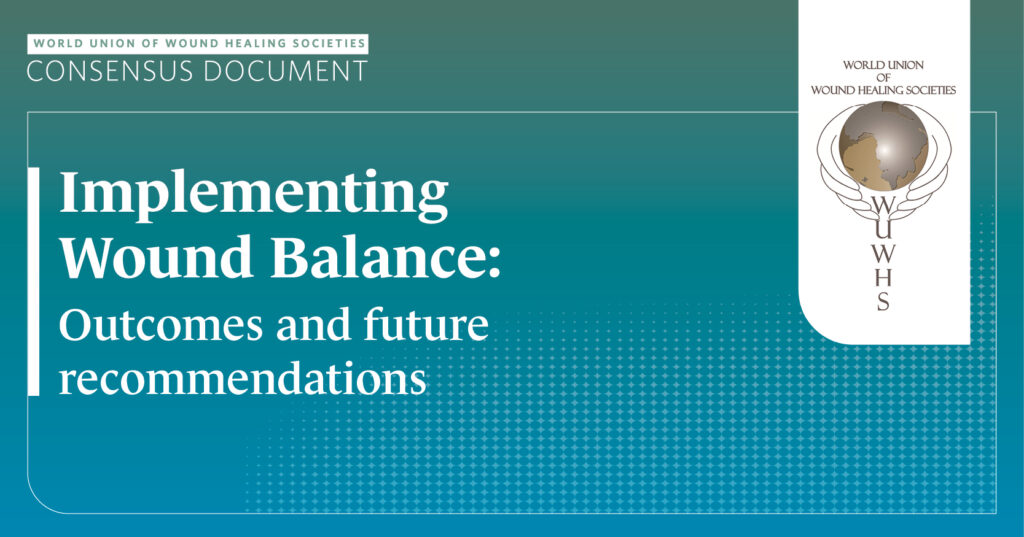
Non-healing wounds can reduce quality of life (QoL) for millions of people globally, are costly, and result in significant patient, clinician and healthcare system burden (Guest et al, 2020; Ahmajärvi et al, 2022; Queen and Harding, 2023; Sen, 2023). There is a significant need to proactively address the projected rise of non-healing wounds by earlier […]
